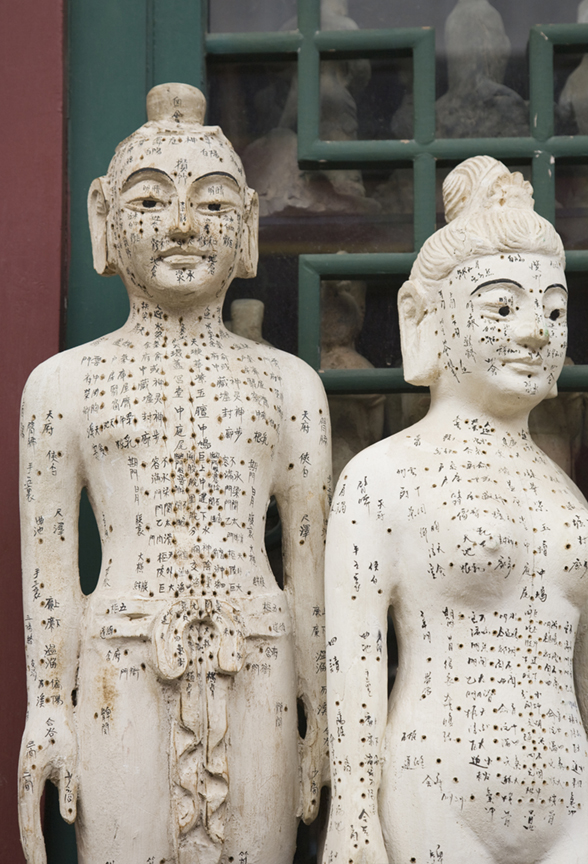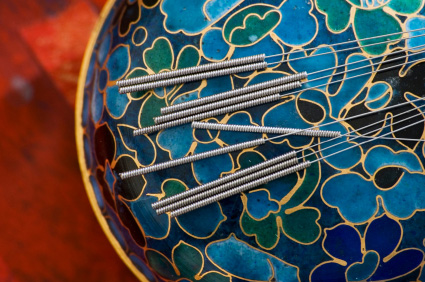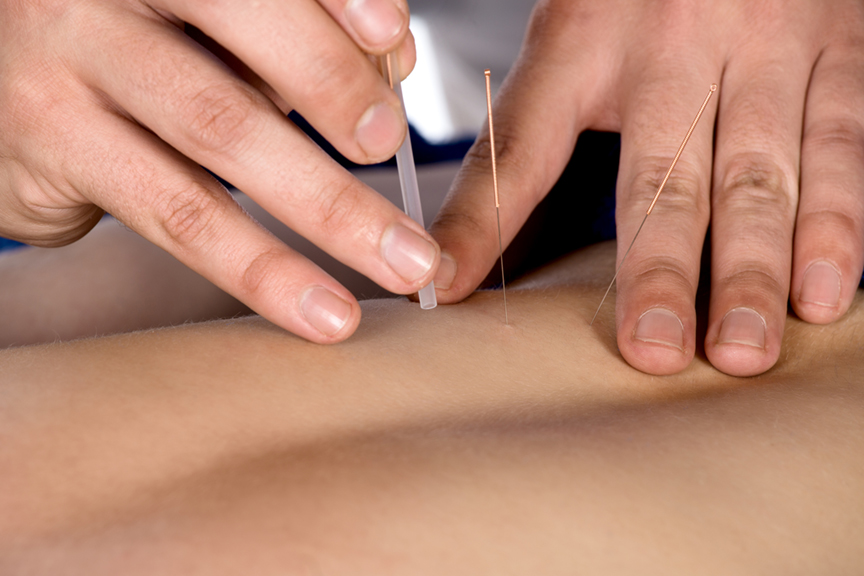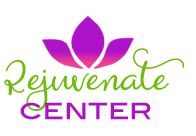Acupuncture
Traditional Chinese Medicine
Traditional Chinese medicine uses simple principles to treat complex conditions of imbalance in the body. For each condition or illness, the imbalance in the body is evaluated by interior or exterior, hot or cold, damp or dry, excess (strong) or deficiency (weak).

What it Does
Chinese medicine is a complete medical system that has diagnosed, treated, and prevented illness for over 5,000 years. While it can remedy ailments and alter states of mind, Chinese medicine can also enhance recuperative power, immunity, and the capacity for pleasure, work, and creativity.
How it Thinks
Within Chinese cosmology, all of creation is born from the marriage of two polar principles, Yin and Yang: Earth and Heaven, winter and summer, night and day, cold and hot, wet and dry, inner and outer, body and mind. Harmony of this union means health, good weather, and good fortune, while disharmony leads to disease, disaster, and bad luck. The strategy of Chinese medicine is to restore harmony.
Treatment
The goal of treatment is to adjust and harmonize Yin and Yang-wet and dry, cold and heat, inner and outer, body and mind. This is achieved by regulating the Qi, Moisture, and Blood in the Organ Networks: weak organs are tonified, congested channels are opened, excess is dispersed, tightness is softened, agitation is calmed, heat is cooled, cold is warmed, dryness is moistened, and dampness is drained.

Acupuncture
Acupuncture is based on the assumption that Qi courses through channels in the body just as streams and rivers ebb and flow across the surface of the earth. Every Organ Network has a corresponding set of channels. The acupuncture points are located in small depressions in the skin called “men” or “gates” where the channels come closest to the surface. In ancient times, when cities were fortified by walls, gates were opened to receive sustenance and closed to keep harm away. With Acupuncturist in Phoenix, the gates of the body are opened and closed to adjust circulation I should be “in” the channels and expel noxious influences from them.
Pricing
New Client Consultation with Acupuncture Session $115
Follow Up Acupuncture Sessions
$65/session
Buy 5 get one free package/$325
Seniors (65+)
$60/session
Buy 5 get one free package/$300
What Acupuncture Can Treat
Acupuncture may be helpful for: withdrawal from addictions such as sugar, coffee, cigarettes, alcohol, and cocaine; stress reduction; post surgical recovery; chronic fatigue; the signs of aging; and decreased immunity. Acupuncture has been recognized by the World Health Organization to treat over 300 conditions. Some of the many conditions for which acupuncture is considered appropriate are listed by the World Health Organization of the United Nations:
Some of the many conditions for which acupuncture is considered appropriate are listed by the World Health Organization of the United Nations:

Adult male physiotherapist is doing acupuncture on the back of a female patient. Patient is lying down on a bed and is covered with royal blue towels.
Infections:
Colds, flu, bronchitis, hepatitis
Internal:
Hypoglycemia, asthma, high blood pressure, ulcers, colitis, indigestion, hemorrhoids, diarrhea, constipation, diabetes
Eyes, Ears, Nose Throat:
Deafness, ringing in the ears, earaches, poor eyesight, dizziness, sinus infection, sore throat, hay fever
Dermatological:
Eczema, acne, herpes
Musculo-Skeletal and Neurologic:
Arthritis, neuralgia, sciatica, back pain, bursitis, tendonitis, stiff neck, Bell’s palsy, trigeminal neuralgia, headache, stroke, cerebral palsy, polio, sprains
Genito-Urinary and Reproductive:
Impotence, infertility, pre-menstrual syndrome (PMS), pelvic inflammatory disease (ND), vaginitis, irregular period or cramps, morning sickness
Mental Emotional:
Anxiety, depression, stress, insomnia
Your treatment begins with an extensive conversation about your medical history, current health and lifestyle. Many first-time clients are amazed at how comfortable they feel during an acupuncture treatment. When the needle accesses the flow of Qi, a slight tingling, heaviness, or a tugging sensation may be felt. Acupuncture needles have been scientifically proven to release endorphins giving patients a pleasant experience.
Initial treatments take approximately 1 hour in which full history and overview of client’s health is assessed. Follow-up appointments generally last between 45 minutes to 1 hour. The length of the course of treatment depends upon several factors such as age, severity of condition and length of disease. Everyone reacts differently to acupuncture and will respond at different rates. Typically, acute cases resolve more rapidly than chronic cases which may take of course of approximately ten acupuncture treatments. Many people continue to use acupuncture to maintain good health by keeping the body’s immunity strong and emotions balanced.
Other Treatments
Often, other treatments may be indicated after the acupuncture sessions. Below are some other treatment techniques that may be indicated:
Cupping
Cupping increases blood circulation to the area where the cups are placed. This may relieve muscle tension, which can improve overall blood flow and promote cell repair. It may also help form new connective tissues and create new blood vessels in the tissue.
Gua Sha
Gua sha has been shown to speed up the healing process and reduce pain in certain areas of the body. This is because gua sha stimulates blood flow and speeds up tissue repair. It also reduces toxins in the body by increasing lymphatic drainage.
